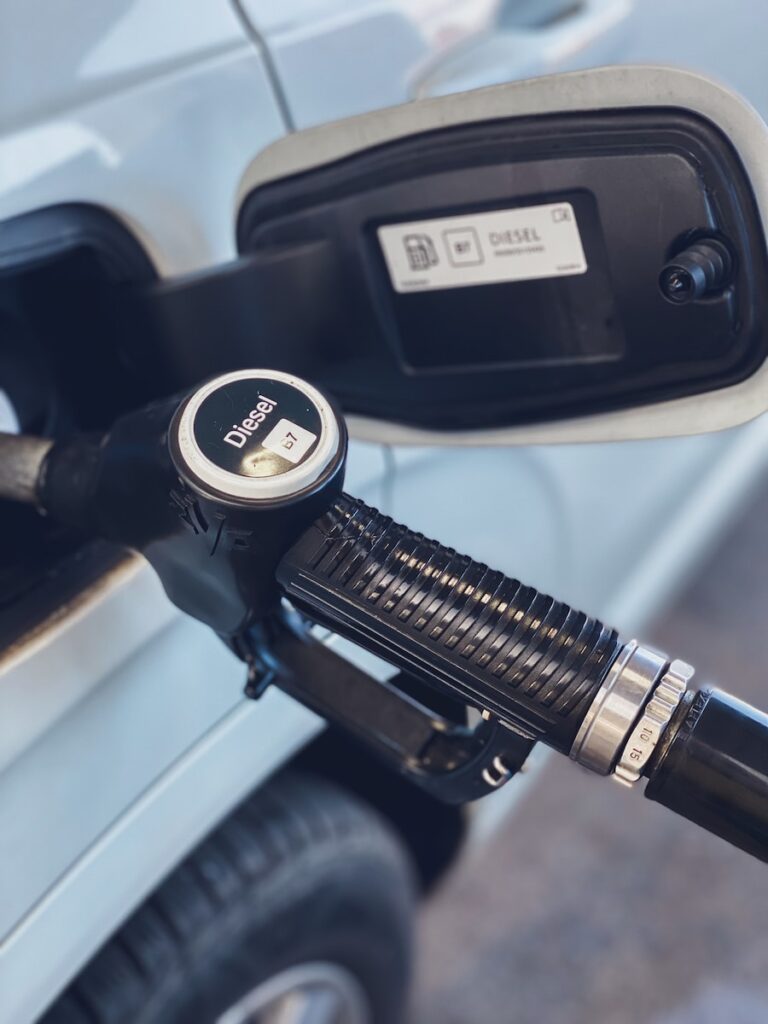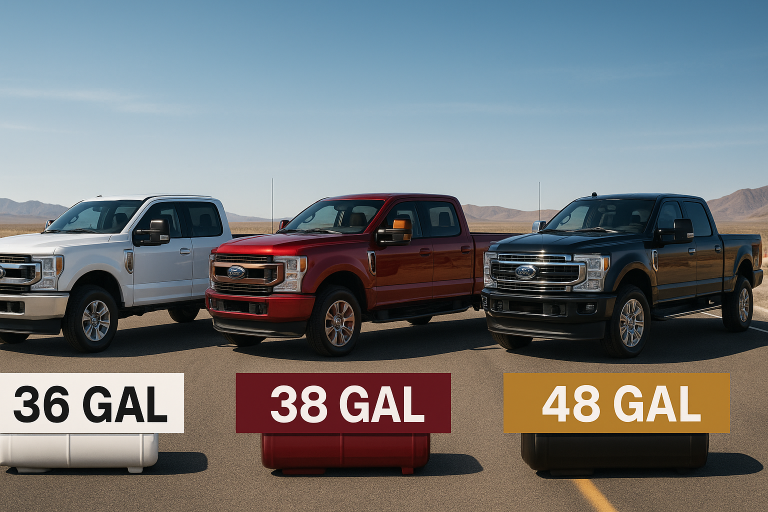Why are Fuel and Water Carrying Tankers Cylindrical in Shape?
Fuel and water-carrying tankers are typically cylindrical in shape for a variety of reasons. This shape is strong, stable, and efficient, and it offers a number of advantages for these types of applications.
One of the main reasons that fuel and water-carrying tankers are cylindrical in shape is that this shape is strong and stable. Cylindrical tanks can withstand high levels of pressure and stress, and they are less likely to deform or collapse under load. This is particularly important for fuel and water-carrying tankers, which may need to transport large quantities of liquids over long distances or in challenging conditions.
Another reason that fuel and water-carrying tankers are cylindrical in shape is that this shape is efficient. Cylindrical tanks have a consistent cross-sectional area throughout their length, which allows them to be easily filled and emptied using a variety of methods. This is particularly useful for fuel and water-carrying tankers, which may need to be filled or emptied quickly and efficiently in order to meet the demands of their intended use.
In addition to their strength and efficiency, cylindrical tanks are also easy to manufacture and assemble. They can be made from a variety of materials, including metal, plastic, and composite, and they are relatively simple to fabricate and assemble compared to tanks with other shapes. This can help to reduce costs and improve the efficiency of the manufacturing process.
Cylindrical tanks are also easy to transport and store. They can be easily loaded onto trucks or other vehicles, and they can be stacked or stored in a compact manner when not in use. This makes them an attractive choice for fuel and water-carrying tankers, which may need to be moved or stored in a variety of different locations.


